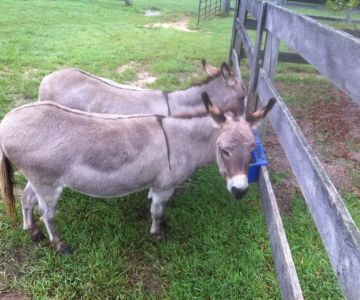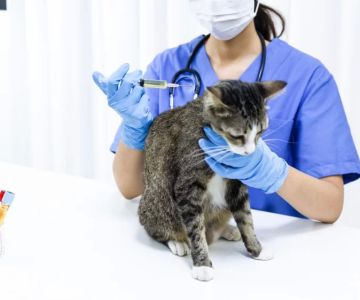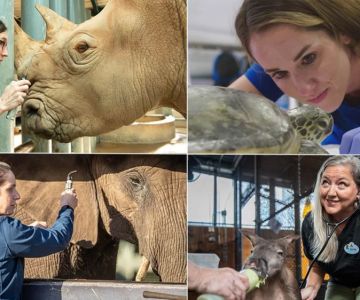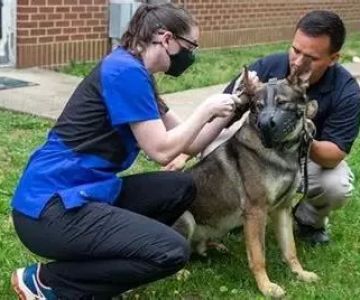How to Train as a Veterinary Nurse: Your Pathway to a Rewarding Career
For those passionate about animal care and eager to make a difference in veterinary medicine, knowing how to train as a veterinary nurse is the first step toward a fulfilling career. Veterinary nurses play a vital role in animal health, assisting vets and providing compassionate care to patients. This article explores the training process, skills needed, and practical insights into becoming a veterinary nurse.
1. Understanding the Role of a Veterinary Nurse
A veterinary nurse is responsible for a wide range of tasks, including monitoring animal patients, assisting in surgeries, administering medications, and educating pet owners. Their support ensures smooth clinic operations and enhances animal welfare. To excel, veterinary nurses need both technical knowledge and empathy.
2. Educational Pathways and Qualifications
Training as a veterinary nurse typically begins with enrolling in an accredited veterinary nursing program or diploma course. These programs combine classroom learning with hands-on clinical experience. Core subjects include anatomy, pharmacology, surgical nursing, and animal behavior.
In the United States and many other countries, certification or licensing is required to practice legally. For example, passing the Veterinary Technician National Exam (VTNE) is a common requirement. This ensures nurses are equipped with the necessary competencies.
3. Developing Essential Skills During Training
Beyond formal education, developing practical skills is crucial. This includes:
- Clinical skills: administering injections, monitoring anesthesia, wound care
- Communication skills: explaining procedures to pet owners, collaborating with veterinarians
- Critical thinking: identifying signs of distress or complications in animals
Many trainees gain these skills through internships or apprenticeships at veterinary clinics, which also provide valuable real-world exposure.
4. Real-Life Success Story: From Trainee to Trusted Vet Nurse
Consider the story of Emily, who began her journey uncertain about her future. After completing a veterinary nurse training program and working closely with a supportive veterinary team, she became an indispensable part of her clinic. Her dedication to animal care and continuous learning helped her advance rapidly. Emily’s story exemplifies how passion and proper training open doors in this career.
5. Continuing Education and Career Advancement
The field of veterinary nursing is constantly evolving. To stay updated, many professionals pursue further certifications in specialized areas such as emergency care, anesthesia, or dentistry. Continuing education not only improves skills but also enhances job prospects and earning potential.
6. Taking the Next Step: Where to Train and Get Support
If you're ready to begin your journey on how to train as a veterinary nurse, exploring reputable schools and programs is essential. Websites like Hidden Brook Veterinary offer valuable resources and recommendations for training courses and career advice, helping you find the best path tailored to your needs.












